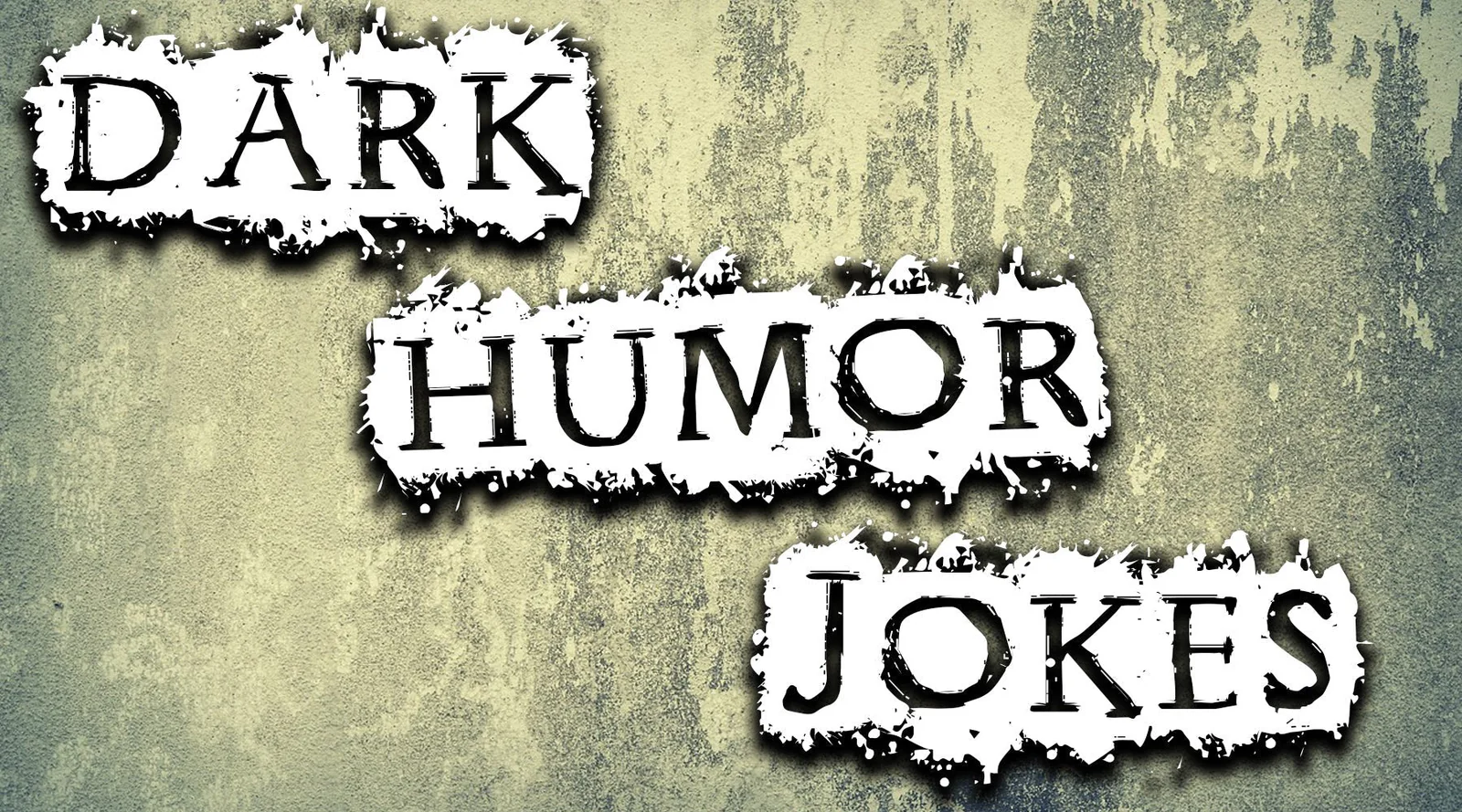Table of Contents
Why do humans laugh at tragedy? This uncomfortable question sits at the heart of dark jokes about orphans and similar controversial humor. While some recoil at the mere thought, others find cathartic release in comedy’s darkest corners. Through StoryPlay X‘s interactive narratives, we can explore these complex boundaries between humor and harm, understanding why dark jokes about orphans persist in comedy while developing deeper empathy for those affected by such humor.
This isn’t about promoting insensitive comedy or condemning those who engage with it. Instead, we’ll examine the psychological mechanisms behind dark jokes about orphans, their cultural context, and how interactive storytelling can transform potentially harmful humor into opportunities for understanding and growth.
The Psychology Behind Dark Humor
Understanding why dark jokes about orphans exist requires exploring humor’s psychological functions. Psychologists identify dark humor as a complex coping mechanism, allowing people to process difficult emotions through laughter. When someone shares dark jokes about orphans, they’re often attempting to control anxiety about loss, abandonment, or societal failures through comedy’s transformative power.
Cultural backgrounds significantly influence reactions to dark jokes about orphans. Societies with strong oral traditions of gallows humor may show higher tolerance, while cultures emphasizing collective harmony often reject such comedy entirely. StoryPlay X stories can explore these cultural differences, letting readers experience how identical jokes land differently across various social contexts.
Research suggests those who appreciate dark jokes about orphans often score higher on intelligence tests and emotional stability measures. However, this correlation doesn’t justify insensitivity. Instead, it highlights humor’s role as an advanced emotional processing tool—one that requires careful consideration of context and audience. Interactive narratives on StoryPlay X can demonstrate how the same joke affects different characters based on their backgrounds and experiences.
Exploring Moral Boundaries Through Interactive Stories
StoryPlay X transforms discussions about dark jokes about orphans from abstract debates into personal experiences. Imagine controlling a stand-up comedian who must decide whether to include controversial material in their set. Your choices—reading the room, considering venue appropriateness, weighing artistic freedom against potential harm—create branching narratives that reveal humor’s complex social dynamics.
Interactive Scene: The Comedy Club Dilemma
In this StoryPlay X scenario, you play Sarah, an up-and-coming comedian preparing for your biggest show yet. Your notebook contains dark jokes about orphans that always kill at small venues. Tonight’s audience includes a charity group supporting local orphanages. Your choices:
- Path A: Perform the material as planned – “Comedy shouldn’t have boundaries”
- Path B: Skip the controversial jokes – “Read the room and adapt”
- Path C: Acknowledge the situation – “Address the elephant with meta-humor”
Each choice leads to different outcomes: Path A might get nervous laughs but lose future bookings, Path B keeps everyone comfortable but may feel inauthentic, while Path C could create a breakthrough moment about comedy’s responsibilities—or fall completely flat.

One powerful StoryPlay X narrative places readers in multiple perspectives surrounding dark jokes about orphans. First, you experience the comedian crafting material, feeling pressure to push boundaries for laughs. Then, you become an audience member with personal connections to orphanhood, experiencing how such jokes land differently based on life experience. Finally, you embody a comedy club owner balancing free expression with community responsibility.
These perspective shifts cultivate empathy while exploring why dark jokes about orphans persist despite controversy. Interactive choices might include: intervening when jokes cross lines, supporting comedians’ creative freedom, or finding middle ground through context and delivery. Each decision shapes story outcomes, demonstrating how humor exists within complex social ecosystems rather than vacuums.
The platform’s branching narratives reveal how context transforms humor’s impact. A joke shared among trauma survivors in group therapy carries different weight than the same words shouted by a street performer. Through interactive storytelling, readers discover these nuances organically, developing more sophisticated understanding of when dark jokes about orphans might serve healing purposes versus causing harm.
Historical and Cultural Perspectives
The tradition of dark jokes about orphans extends far into literary history. Shakespeare’s fools often delivered tragedy through comedy, while Dickens used humor to highlight orphans’ plights in Victorian England. These historical examples show how dark comedy has long served as social commentary, using laughter to make unbearable realities discussable.
Different cultures approach dark jokes about orphans through unique lenses. British humor traditionally embraces darkness as cultural identity, while American comedy often wraps such content in irony or absurdism. Eastern European humor, shaped by historical trauma, frequently includes gallows humor as survival mechanism. StoryPlay X stories can explore these cultural variations, helping readers understand how geography and history influence comedic boundaries.
Modern stand-up comedy continues grappling with dark jokes about orphans and similar material. Comedians like Anthony Jeselnik built careers on boundary-pushing darkness, while others faced career consequences for crossing perceived lines. Interactive narratives can explore these real-world tensions, letting readers experience the tightrope walk between provocative art and social responsibility.
The digital age transformed how dark jokes about orphans spread and impact audiences. Social media removes comedy’s traditional contextual safeguards—venue appropriateness, audience self-selection, performer-crowd dynamics. StoryPlay X stories can simulate viral joke scenarios, showing how humor that works in comedy clubs might devastate when screenshot and shared without context.

Creative Responsibility and Artistic Freedom
Creators working with dark jokes about orphans face unique challenges balancing artistic expression with social responsibility. StoryPlay X provides frameworks for exploring these tensions through interactive narratives that consequence player choices. Writers can craft stories where characters must decide whether to include controversial humor, facing realistic outcomes based on their decisions.
The platform encourages transforming dark jokes about orphans from simple punchlines into complex narrative devices. Instead of just telling offensive jokes, stories can explore why characters use dark humor—revealing trauma, challenging authority, or building connections through shared discomfort. This approach maintains creative freedom while adding layers of meaning and empathy.
Guidelines for handling dark jokes about orphans on StoryPlay X emphasize context and consequence. Stories should show realistic reactions to controversial humor, including hurt feelings, damaged relationships, or missed opportunities for genuine connection. By depicting full emotional spectrums, creators help readers understand humor’s real-world impacts while maintaining narrative engagement.
Some StoryPlay X creators successfully reframe dark jokes about orphans into empowerment narratives. One popular story follows orphanage residents who reclaim dark humor as coping mechanism, using comedy to process trauma while building chosen family bonds. This approach respects lived experiences while exploring humor’s healing potential under appropriate circumstances.
Building Empathy Through Interactive Experiences
The true power of exploring dark jokes about orphans through StoryPlay X lies in empathy development. Traditional discussions about offensive humor often devolve into abstract debates about free speech versus harm prevention. Interactive storytelling makes these concepts personal, letting readers feel consequences rather than just intellectualizing them.
Interactive Story: Three Perspectives, One Joke
This StoryPlay X narrative explores how the same dark jokes about orphans affect different people:
Chapter 1 – The Comedian: You craft what you think is a clever bit about orphanages being “half-way homes.” The audience laughs. Success!
Chapter 2 – The Audience Member: Now you’re Jamie, who grew up in foster care. That joke hits differently. Do you laugh along to fit in, walk out, or speak up?
Chapter 3 – The Social Worker: Finally, you become Alex, who works with orphaned children daily. You’re here to unwind, but now face an ethical dilemma about supporting this comedian.
Your choices in each chapter affect the others, creating a web of consequences that illustrate how dark jokes about orphans ripple through communities.
One effective narrative technique involves delayed reveals about characters’ backgrounds. Players might laugh along with dark jokes about orphans early in a story, only to later discover a beloved character’s orphan background. This emotional whiplash creates powerful learning moments about assumption and casual cruelty, achieved through experience rather than preaching.
Another approach uses humor as character development tool. A story might follow someone who constantly makes dark jokes about orphans as defense mechanism, slowly revealing their own abandonment trauma. Players guide this character toward healthier coping strategies, understanding how dark humor can both heal and harm depending on its application.
Experience It Yourself: The Viral Tweet Simulator
Try This: Social Media Consequences
Here’s how StoryPlay X handles dark jokes about orphans in the digital age:
Scenario: You’re scrolling Twitter and see a comedian’s dark jokes about orphans getting ratio’d. The tweet has 50K angry quotes but also 30K likes. Playing as different characters—the comedian, a foster care advocate, and a comedy fan—you navigate the storm.
As the comedian, experience career consequences of doubling down versus apologizing. As the advocate, balance education with self-care. As the fan, wrestle with defending humor you enjoy versus acknowledging harm. Each perspective reveals how digital humor creates cascading effects beyond the initial joke.
The simulation teaches valuable lessons about online discourse surrounding dark jokes about orphans. Players learn how context collapse on social media amplifies misunderstandings, how mob dynamics form around controversial content, and why nuanced discussions rarely survive viral moments. These insights help readers navigate real-world social media more thoughtfully.

Frequently Asked Questions
Why do people find dark jokes about orphans funny?
Psychological research suggests dark jokes about orphans trigger laughter through cognitive dissonance—our brains process the unexpected combination of tragedy and humor. This doesn’t make such jokes appropriate, but explains the mechanical response. People may also use dark humor to process fears about abandonment or societal failures.
Should dark jokes about orphans be censored or banned?
Rather than blanket censorship, context matters deeply. Dark jokes about orphans in therapy settings, comedy clubs with appropriate warnings, or artistic works exploring trauma serve different purposes than casual cruelty. StoryPlay X stories can explore these nuances, showing how context transforms humor’s impact and appropriateness.
What makes StoryPlay X different from other platforms for exploring controversial topics?
Unlike passive media or debate forums, StoryPlay X lets you experience consequences of dark jokes about orphans from multiple perspectives. The interactive nature creates emotional investment impossible through traditional discussion, fostering genuine understanding rather than intellectual posturing.
Transforming Controversy into Understanding
The conversation around dark jokes about orphans reflects larger questions about comedy’s role in society. Through interactive storytelling, we move beyond simple condemnation or defense toward nuanced understanding. StoryPlay X provides unique opportunities to experience multiple perspectives, feel real consequences, and develop more sophisticated approaches to difficult humor.
Rather than dictating what’s acceptable, interactive narratives let readers discover their own boundaries through experience. Someone might enter a story defending absolute free speech in comedy, then emerge with deeper appreciation for context and kindness after experiencing dark jokes about orphans from vulnerable perspectives.
The platform’s strength lies in creating emotional connections impossible through abstract discussion. When you’ve played as someone hurt by dark jokes about orphans, future encounters with such humor carry that experiential knowledge. This embodied learning proves more effective than any lecture about sensitivity or comedy ethics.
The goal isn’t eliminating dark humor or defending cruelty, but fostering thoughtful engagement with comedy’s power to both heal and harm. By transforming dark jokes about orphans from simple punchlines into complex narrative elements, we create opportunities for growth, understanding, and ultimately, more compassionate communities both online and off.
Ready to explore humor’s complex boundaries? StoryPlay X offers safe spaces to examine difficult topics through interactive storytelling. Experience multiple perspectives, understand consequences, and develop your own informed stance on where comedy’s lines should—or shouldn’t—be drawn.
Further Reading on Humor and Psychology:
The Science of Humor Is No Laughing Matter
Do Dark Humour Users Have Dark Tendencies? Relationships between Dark Humour, the Dark Tetrad, and Online Trolling
